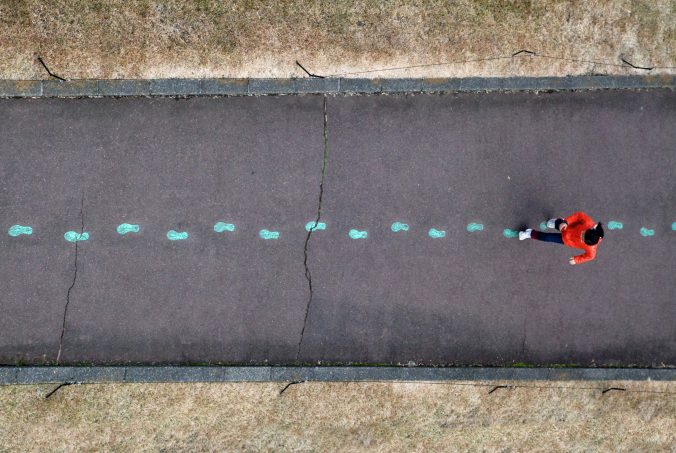I recently had the opportunity to observe a senior English class in a work block where students were workshopping their compare and contrast essays. I had the opportunity to engage with some of the students when the teacher suggested that they ask me questions about their work. This was a great experience for me, particularly because it raised some questions for me about how I will teach writing skills.
First, this experience demonstrated to me that students will have certain expectations about what I will know as an educator in a room. For example, one of the students asked me about using the word “whom” in her essay, which is a word I generally avoid in my own writing. I was able to answer her question about whether it should be used in context, but I was careful in giving a full explanation of its use because it’s not something I am particularly familiar with. This prompted me to think about how I might respond to students in my classrooms when they ask questions I do not know the answers to, particularly in cases like this where the question is not open ended and there is some expectation that I should be an authority on the subject matter. I did not come to any strong conclusion, but my goal is to find a way as a teacher to be honest with students about what I do not know while maintaining their faith in my ability to teach them.
I also had the opportunity to help a student with a paragraph she was formulating. In this case she did not have a particular question and just wanted general feedback. My immediate inclination was to explain to her directly how I would choose to structure the paragraph. However, I realized that this might not be particularly helpful in terms of her own skill building process because it would mean her skipping the step of thinking through what kind of organization might serve the information best. In this case, I realized presenting students my own way of doing things in such an explicit manner might ultimately get in the way of them learning how to work through the process themselves. This demonstrated to me that coaching students towards the best output without considering other factors might not be the best way to support learning.

Recent Comments